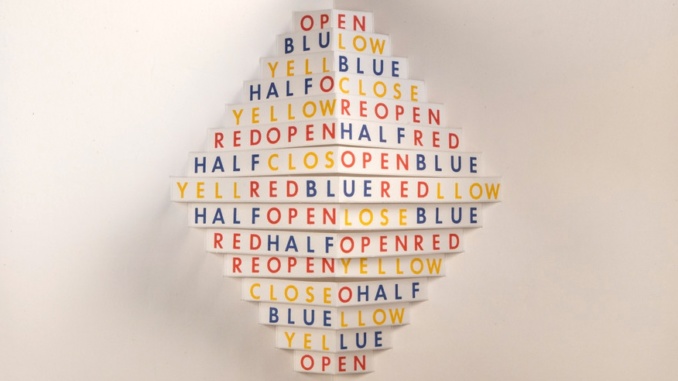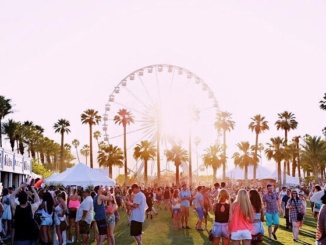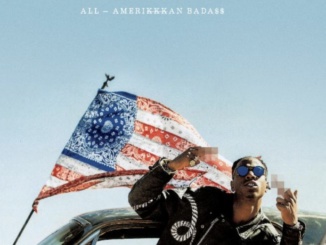
By Lilia Marmolejo
Staff Writer
The Getty’s simplistic new exhibit “Concrete Poetry: Words and Sounds in Graphic Space” has a retro flare, with simplistic and vibrant artwork. The exhibit contained an intriguing display of poetry that was entertaining and enjoyable.
“Concrete Poetry: Words and Sounds in Graphic Space” features many artists who invented new forms of concrete poetry, such as cube poems and standing poems. The exhibit featured poetry by contemporary artists including Henri Chopin, Ernst Jandl, Mary Ellen Solt, and Emmett Williams.
The exhibition document focuses on the visual, verbal, and sonic experiments of the 1950s, 60s, and 70s. Foundational figures, such as Augusto de Campos and Ian Hamilton, are located in the beginning and end of exhibition. The getty also displays manuscripts documenting the international concrete poetry movement from the 50s.
The colors of the exhibition’s walls brought out the simplicity of the poetry displayed by many poets over the decades. This unique design of limited amounts of colors on the walls allowed the poetry to be appreciated to its full value without having distracted with an array vibrant colors.
The concrete poetry that “Concrete Poetry: Words and Sounds in Graphic Space” consisted of was very simple in its minimalist nature. The array of poetry displayed in the first room was in english and consisted of simple words that were easy to be understood, making it enjoyable for its audience.
Poetry that was not in english was very difficult to be understood, however it was very enjoyable because it sounded as if was from a sci-fi movie adding character and personality to the exhibit. The poems were said in a syncopated rhythm that added a unique sound when the poems were read.
“Concrete Poetry: Words and Sounds in Graphic Space” also contained video footage of poems produced by revolutionary concrete poets, such as Augusto de Campos. The poems sounded odd, but were very intriguing to watch and listen to because of how the words would play upon each other.
The exhibition was unique and minimalistic because of the simple colors and poems. The exhibit’s poetry was intriguing and sounded different from poetry that is found in books, media and online. The poetry showcased at the exhibit sounded like a non-existent language as its letters were rearranged to create made up words.
“Concrete Poetry: Words and Sounds in Graphic Space” is open for viewing at The Getty Research Institute located on 1200 Getty Center Dr, Los Angeles, CA 90049.




Leave a Reply